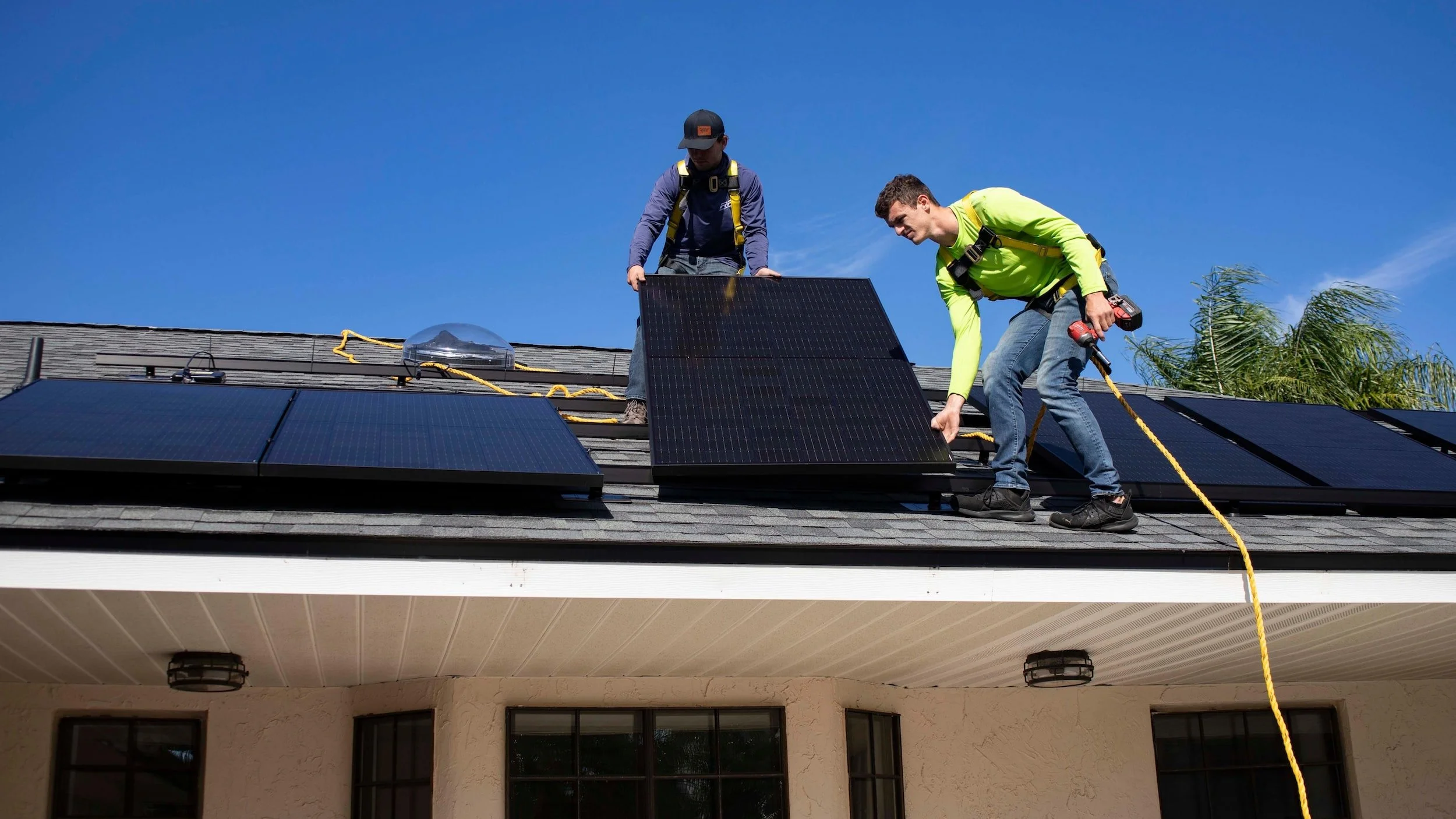The 2021 Infrastructure Investment & Jobs Act and the 2022 Inflation Reduction Act are making unprecedented investments in clean energy, energy efficiency, and greenhouse gas reduction activities around the country. The Oregon Department of Energy is working hard to ensure that Oregon is well-positioned to receive and leverage this funding in support of the state’s energy policies and priorities – and to do so in a way that improves the lives of Oregonians.
Read MoreKey highlights from the Infrastructure Investment and Jobs Act and Inflation Reduction Act.
Read MoreThe Inflation Reduction Act (IRA) is an exciting piece of historic legislation. This is the largest federal investment in clean energy and climate policy ever made by the federal government with many programs scheduled to last a decade. As the State Energy Office, ODOE will apply for new funding to bring into our state.
Read MoreA public partnership with the Oregon Department of Energy, Oregon Department of Land Conservation & Development, Oregon State University’s Institute for Natural Resources, and the U.S. Department of Defense has published new educational materials that will help local governments, Tribes, communities, policymakers, agencies, energy developers, and other stakeholders access important information and considerations for potential renewable energy in Oregon.
Read MoreJoin ODOE for an overview of the anticipated funding to Oregon from the Infrastructure Investment and Jobs Act (IIJA) and weigh in on energy program priorities.
Read MoreThe $1.2 trillion infrastructure bill, signed by President Biden in November 2021, will bring significant resources to communities across the United States — including right here in Oregon. To ensure rural communities can access these investment dollars, the White House has developed a Rural Playbook to act as a roadmap for applying for funding.
Read MoreOn November 15, 2021, President Biden signed the $1.2 trillion Infrastructure Investment and Jobs Act into law. Oregon expects to receive funding for energy efficiency, weatherization, grid resilience, and more over the next five years.
Read More





